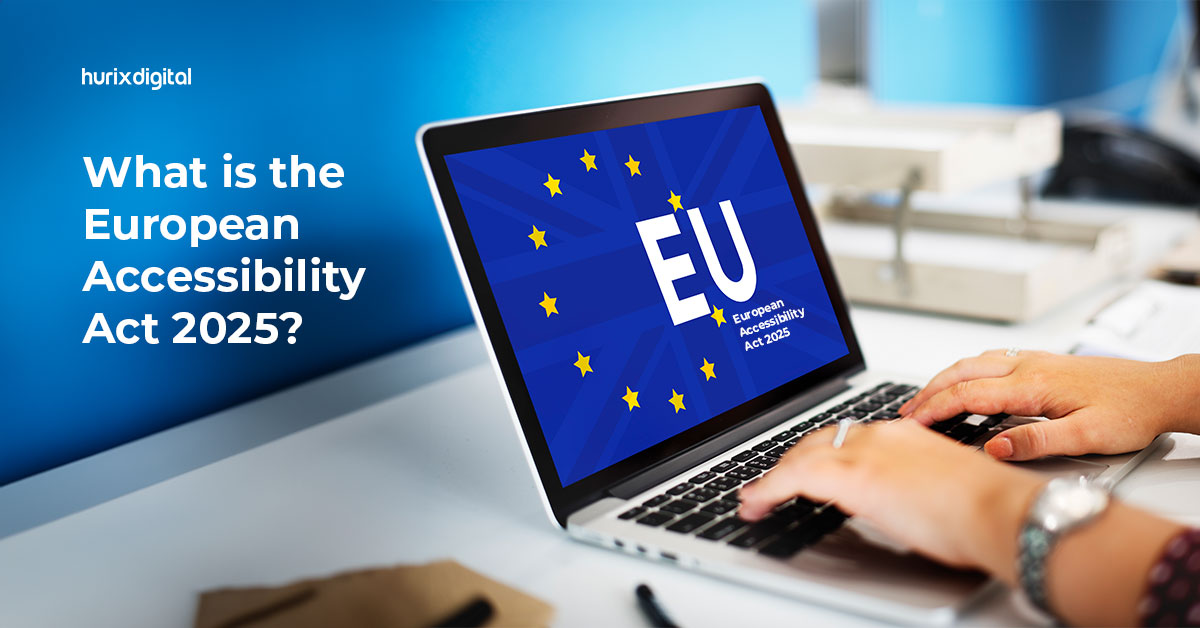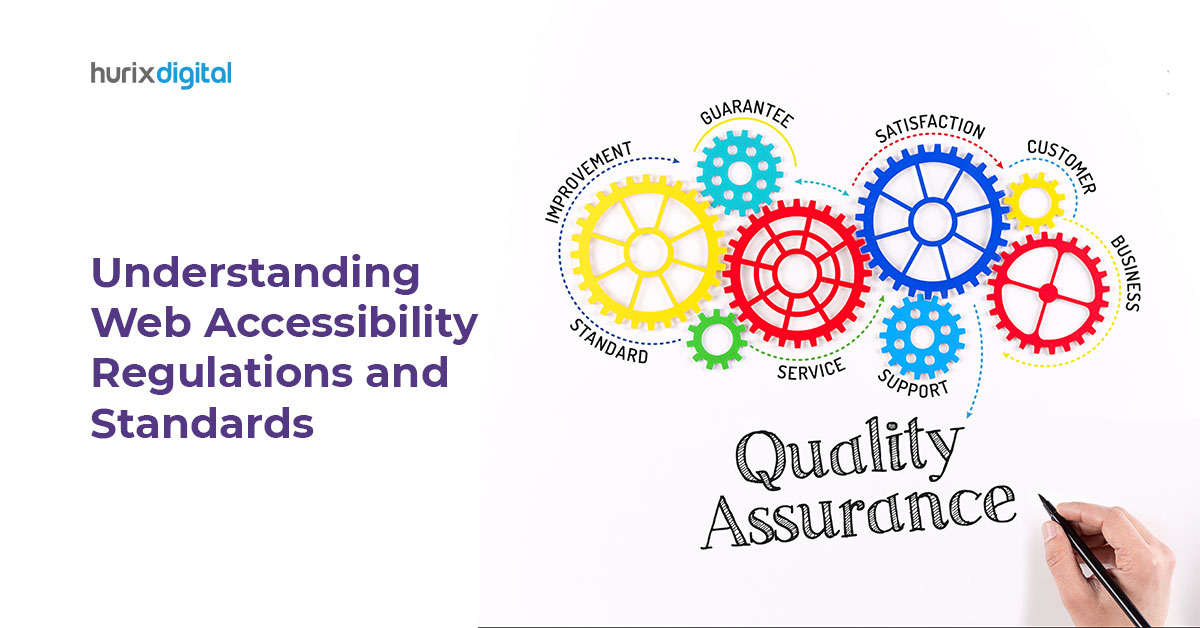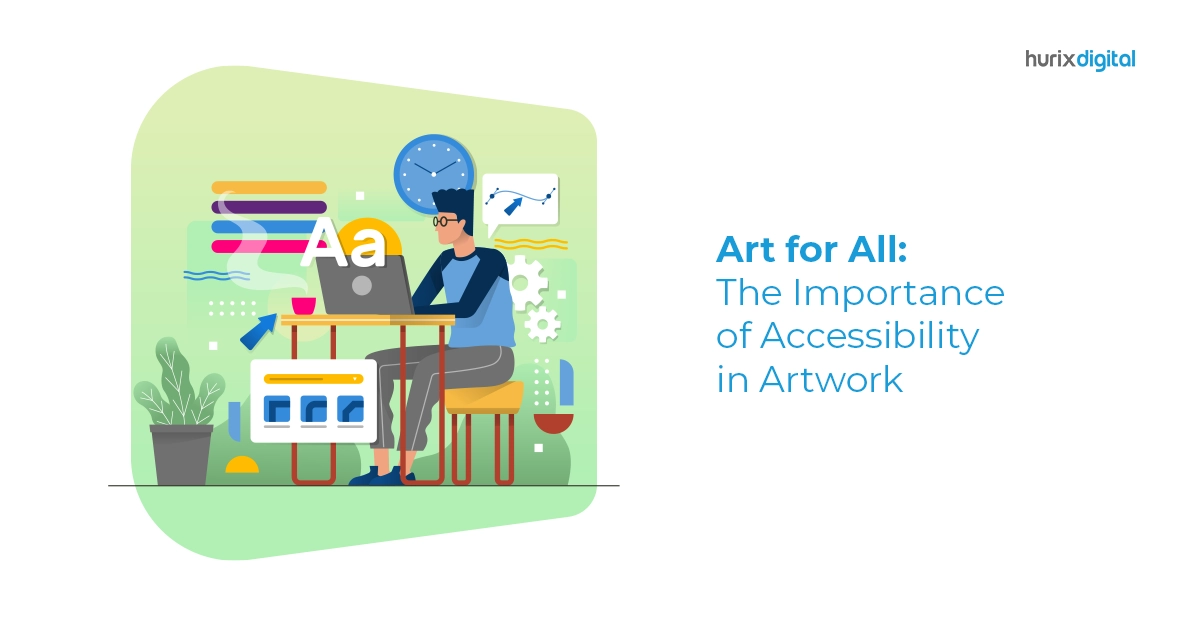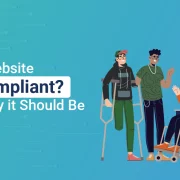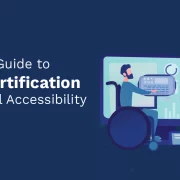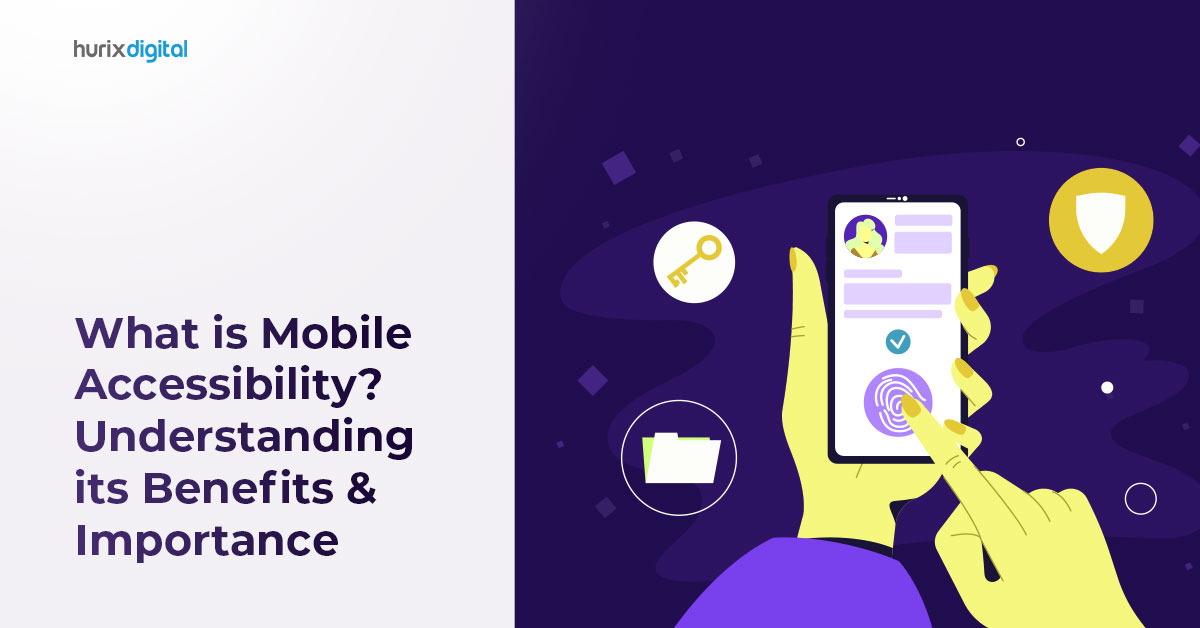
What is Mobile Accessibility? Understanding its Benefits & Importance
Summary
Mobile accessibility makes mobile applications and websites more accessible for people with disabilities. This blog will discuss mobile accessibility and its benefits and also touch upon the topics of maintaining legal liabilities, improving search engine optimization, generating more revenue, and so on.
Additionally, it will discuss mobile accessibility testing with tools and checklists based on the WCAG guidelines.
Mobile phones have become an integral part of everyone’s lives. As of 2024, around 7.21 billion people worldwide used smartphones. Of this significant share, 310 million people are from the US.
Since approximately 90 percent of the world’s population uses smartphones daily, it becomes crucial to ensure that whatever mobile applications they use are easily accessible. Also, since 1.3 billion people live with some disability, ensuring mobile accessibility becomes even more critical.
Table of Contents:
- What is Mobile Accessibility?
- Benefits of Mobile Accessibility
- Mobile Accessibility Testing
- Next-Level Mobile Accessibility: Trends Shaping a Digital World for All
- Wrapping Up
What is Mobile Accessibility?
Mobile accessibility refers to ensuring that applications and websites are accessible to everyone, especially people with disabilities who use smart devices. These typically include mobile phones, tablets, wearables, and smart TVs.
Mobile accessibility helps people with visual, physical, auditory, cognitive, and other disabilities access your content with ease. It also provides them with a fair environment and better social integration.
Also Read: What is Mobile Accessibility? Understanding its Benefits & Importance
Benefits of Mobile Accessibility
Having mobile-accessible applications and websites is very important and beneficial as well, in the following ways:
1. Upholds Your Legal Responsibility
With the use of smartphones and the internet on the rise, digital accessibility has become a civil right for people with disabilities. In this scenario, ensuring mobile app accessibility can save you from legal issues, such as lawsuits filed for discrimination. It also helps you adhere to the three laws and guidelines:
- Section 508: A US law that requires federal and associated companies to make technology and electronic data accessible to everyone, including people with disabilities.
- ADA: The Americans with Disabilities Act mandates businesses to make electronic content accessible to people with disabilities.
- WCAG: Web Content Accessibility Guidelines are a standard set of guidelines explaining how to make your electronic content accessible to everyone.
2. Enhances SEO
SEO (Search Engine Optimization) aims to bring traffic to your website and mobile applications by improving your ranking in search engines like Google. Along with expanding your reach, higher visibility increases the number of conversions.
Mobile accessibility enhances your SEO by making your content easy to find. It also makes your mobile applications user-friendly and improves their navigability.
Easy-to-navigate applications and websites decrease the bounce rate, i.e., the percentage of visitors who leave your site after viewing only one page.
3. Builds Brand Recognition and Customer Retention
Ensuring mobile accessibility showcases that you have a law-abiding business that is mindful of its customers and their requirements. Being inclusive of every single customer creates a reputable image for your brand.
Developing a diverse culture attracts partners for collaboration, thereby establishing a good reputation for your brand in the industry.
Fostering inclusivity increases the access of people with disabilities to quality customer services. Providing good customer service increases customers’ satisfaction, which causes them to subscribe to your business and thus results in their retention.
4. Increases Your Profits
Mobile accessibility equips your mobile applications with content that can be viewed in different ways, including videos, audio, alt-text, and written transcripts.
This makes your content accessible to people who are experiencing age-related decline, are not fluent in English, are suffering from injuries, etc.
Thus, mobile accessibility enables you to reach a broader customer base with your services and products. This, in turn, improves your likelihood of increasing your sales and profits.
5. Upholds Your Moral Responsibility
People with disabilities are an equal part of society, making accessible mobile applications and websites a moral responsibility of enterprises worldwide.
When done in a collaborative environment, creating mobile-accessible products results in the contribution of every company employee to a noble cause.
For example, a designer can work on the application’s design elements and ensure that they are appropriate for all users, a developer can develop the language for the application, etc.
6. Offers a Great Degree of Independence
Mobile accessibility provides an opportunity for becoming independent to people who live with disabilities. With just a few taps, swipes, and voice commands, they can do things such as:
- Buy groceries and gifts
- Handle banking and finances
- Take an online course
- Purchase airplane tickets
- View event calendars
- Keep in touch with the current news
- Book a cab
Mobile accessibility encourages people with disabilities to participate in activities outside their homes. It makes them self-sufficient, supports active aging, and reduces the cost of senior care services. The reduced demand for special services brings economic benefits to the entire society.
Mobile Accessibility Testing
Now you know about the benefits and importance of mobile accessibility, how do you know if your mobile applications are accessible?
Mobile accessibility guidelines can help you determine the accessibility level of your mobile applications and website. They are typically based on the principles of WCAG: perceivable, operable, understandable, and robust.
The checklist is made up of questions of:
- Whether the functionalities can be operated with a keyboard?
- Whether the images have a high-quality alt-text?
- Whether the color contrast ratio is appropriate?
- Whether the videos and audio have proper descriptions (subtitles)
- Whether the application page give a warning before it times out?
- Whether the language is readable and error-free?
- Whether the mobile application have predictable and consistent features?
- Whether the mobile application and website have the option for auto-filling forms?
In addition to an accessibility checklist, you can also use mobile accessibility testing tools. These tools automate the task of evaluating your application’s accessibility level and offer personalized solutions to improve it according to WCAG criteria.
Also Read: Mobile Accessibility: Creating Seamless User Experiences for All
Next-Level Mobile Accessibility: Trends Shaping a Digital World for All
Accessibility isn’t just a requirement; it’s the future’s game-changer, as it aims to improve user experiences with disability. As technology grows, mobile apps and websites are embracing innovations that go beyond conventional accessibility, fostering digital inclusion and setting new benchmarks.
Let’s look at the exciting trends that are revolutionizing accessibility in the mobile sphere:
- AI-Driven Personalization: AI isn’t just about smart recommendations anymore; it’s about creating accurate adaptations that intuitively respond to user needs. From automatic screen resizing to tailoring font styles and colors, AI improves the user experience by dynamically adjusting features based on individual preferences and behavior patterns.
- Voice and Gesture Dominance: For those who can’t rely on touch or sight alone, voice commands and gesture recognition are opening up seamless navigation possibilities. Imagine an app where a single voice prompt opens a world of information or gestures that bring up essential features instantly. These tools are giving users with physical limitations an avenue for true independence and mobile accessibility.
- Real-Time Translations and Instant Subtitles: Advanced translation software now provides real-time language support for apps, while live subtitles make multimedia content universal. Whether someone is hard of hearing or a non-native speaker, real-time accessibility enriches their user experience, amplifying reach without extra steps.
- VR and AR for All: Augmented and virtual reality are growing accessibility features, making immersive experiences available to everyone. Text-to-speech, guided audio tours, and seamless compatibility with assistive devices bring a whole new level of accessibility to mobile apps, putting virtual worlds at everyone’s fingertips.
- Upgraded Mobile App Accessibility Checklists: Following a mobile app accessibility checklist is no longer just a best practice—it’s how industry leaders maintain inclusivity. Updated checklists now ensure that apps meet legal obligations and uphold the best accessibility standards through essential elements like alt text, color contrast, and fluid navigation.
- Security Without Sacrifice: Accessible mobile security means secure, simplified access for all, with biometric logins, alternative password choices, and timeout alerts. These features empower everyone, regardless of ability, to keep their information safe while using mobile accessibility tools with ease.
Wrapping Up
Mobile accessibility comes with many benefits. It safeguards you from lawsuits, diversifies your reach, builds brand recognition, improves your profits, and enhances the quality of life of individuals with disabilities.
Since mobile accessibility is essential, you need to ensure that your mobile applications and websites are accessible. Reaching out to accessibility companies can make this otherwise time-consuming task a breeze.
Hurix Digital has a team of top-notch, IAAP-certified professionals familiar with global accessibility requirements.
We offer WCAG audit reports, and VPAT (Voluntary Product Accessibility Template) reports using automated accessibility testing tools and manual intervention. Additionally, Hurix Digital is the trusted partner of companies like Pearson, Wiley, Philips, etc.
Learn more from our team for more information on mobile accessibility solutions.

Vice President – Digital Content Transformation. He is PMP, CSM, and CPACC certified and has 20+ years of experience in Project Management, Delivery Management, and managing the Offshore Development Centre (ODC).
